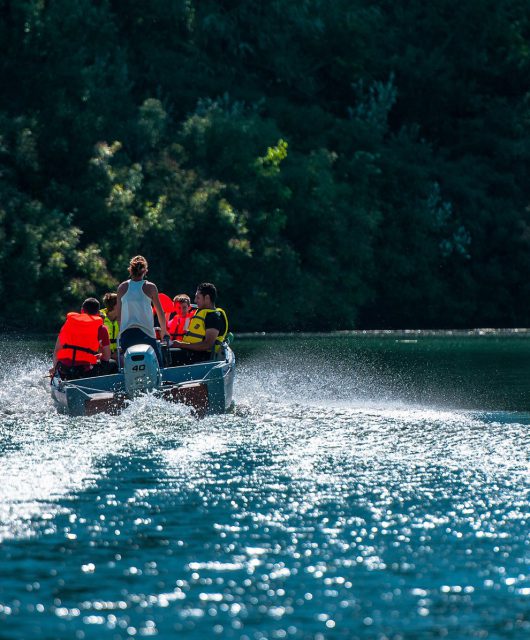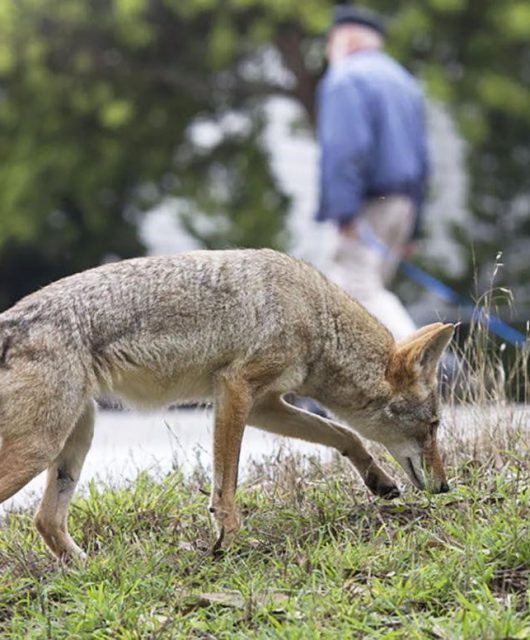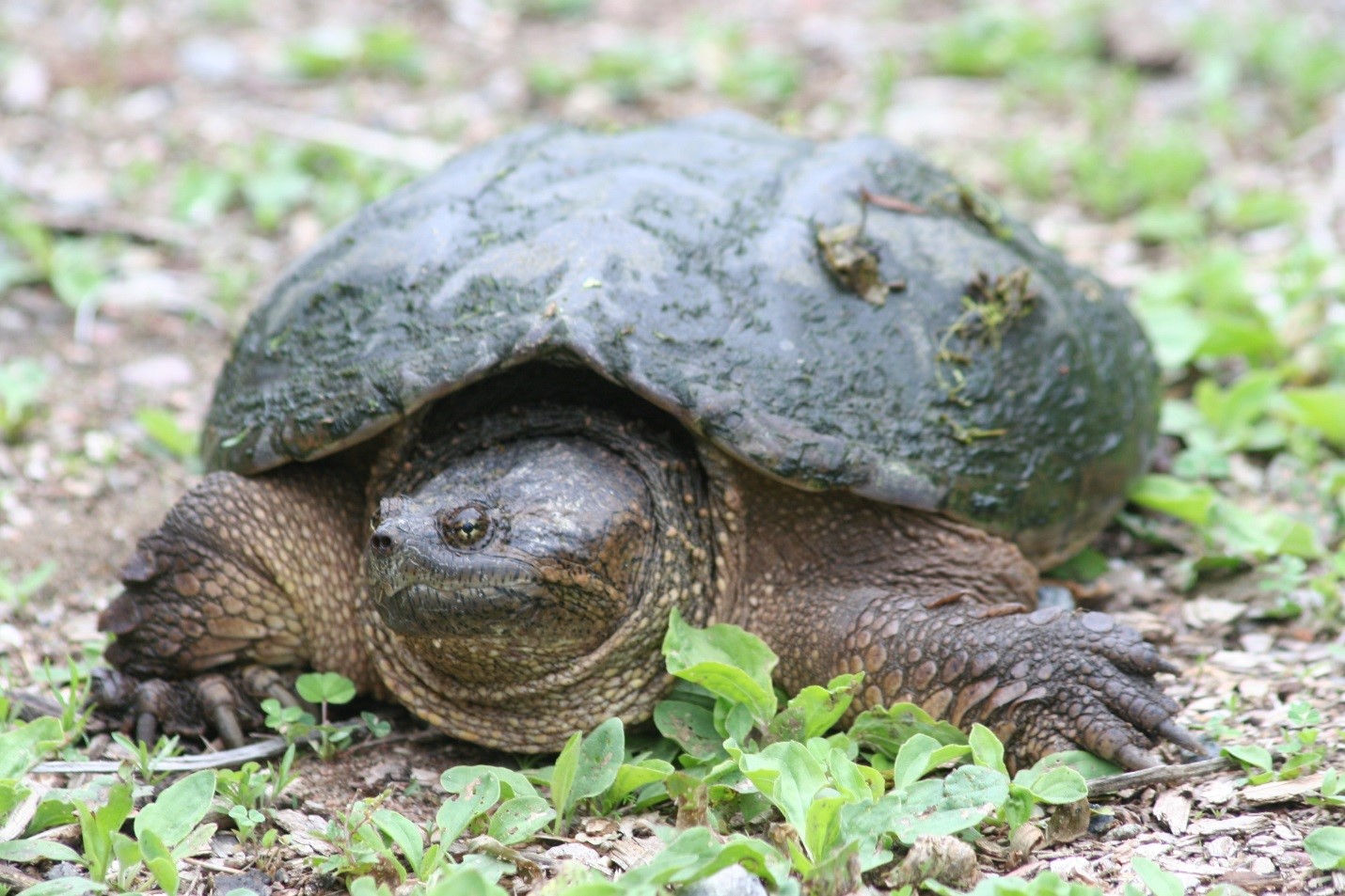Climate change is a serious and, unfortunately, always present concern for our planet.
Its impacts are far reaching and may also affect the ‘seasonal routine’ of many organisms, including the relationship between plants and pollinators.
Professor Heather Kharouba’s lab at the University of Ottawa is studying how these changes are affecting the “phenological synchrony” — different ‘seasonal routines’ that occur at the same time — between flowering plants and their visitors.
Recent Study Shows Trends Are Changing
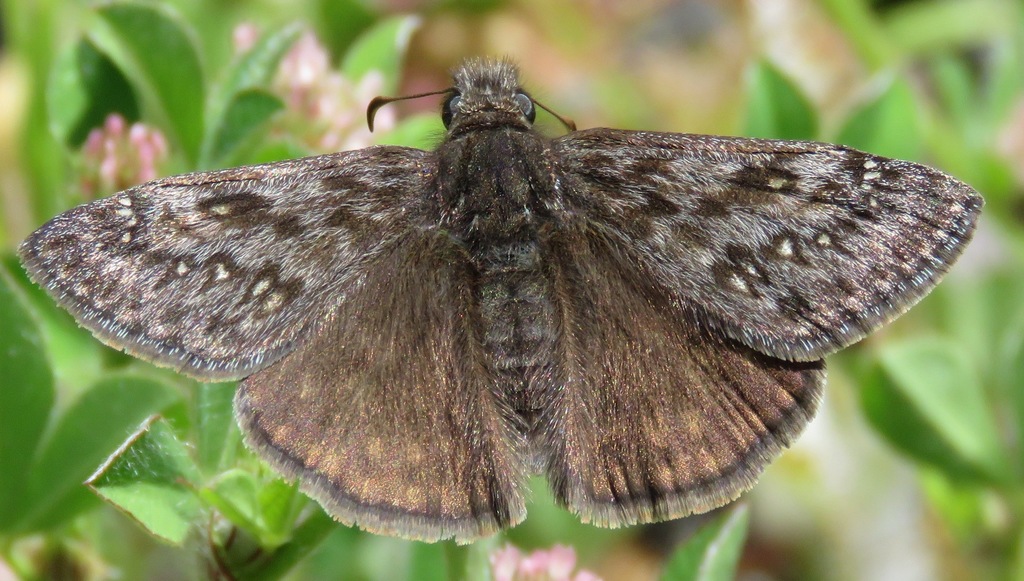
In one of their recent publications, her team S.A. Rivest and collaborators found interesting results related to butterfly flower-visiting patterns in an Oak savannah in Victoria, British Columbia. While comparing the contribution of native versus non-native flowering plants to the butterflies’ diet, they noticed three trends:
- Later in the season, native butterflies visited more non-native flowers (when native flowers weren’t available), such as Himalayan Blackberry and Hairy Cat’s Ear.
- Most visits throughout the year were to non-native flowers (83 per cent) and most native butterfly species (64 per cent) visited more non-native flowers than native flowers, such as Common Camas and Ocean Spray.
- Native butterflies, such as Propertius Duskywing and Vancouver Ringlet, visited non-native flowers more often than we expected based on their availability.
In this study, non-native refers to not naturally local or introduced by human activities.
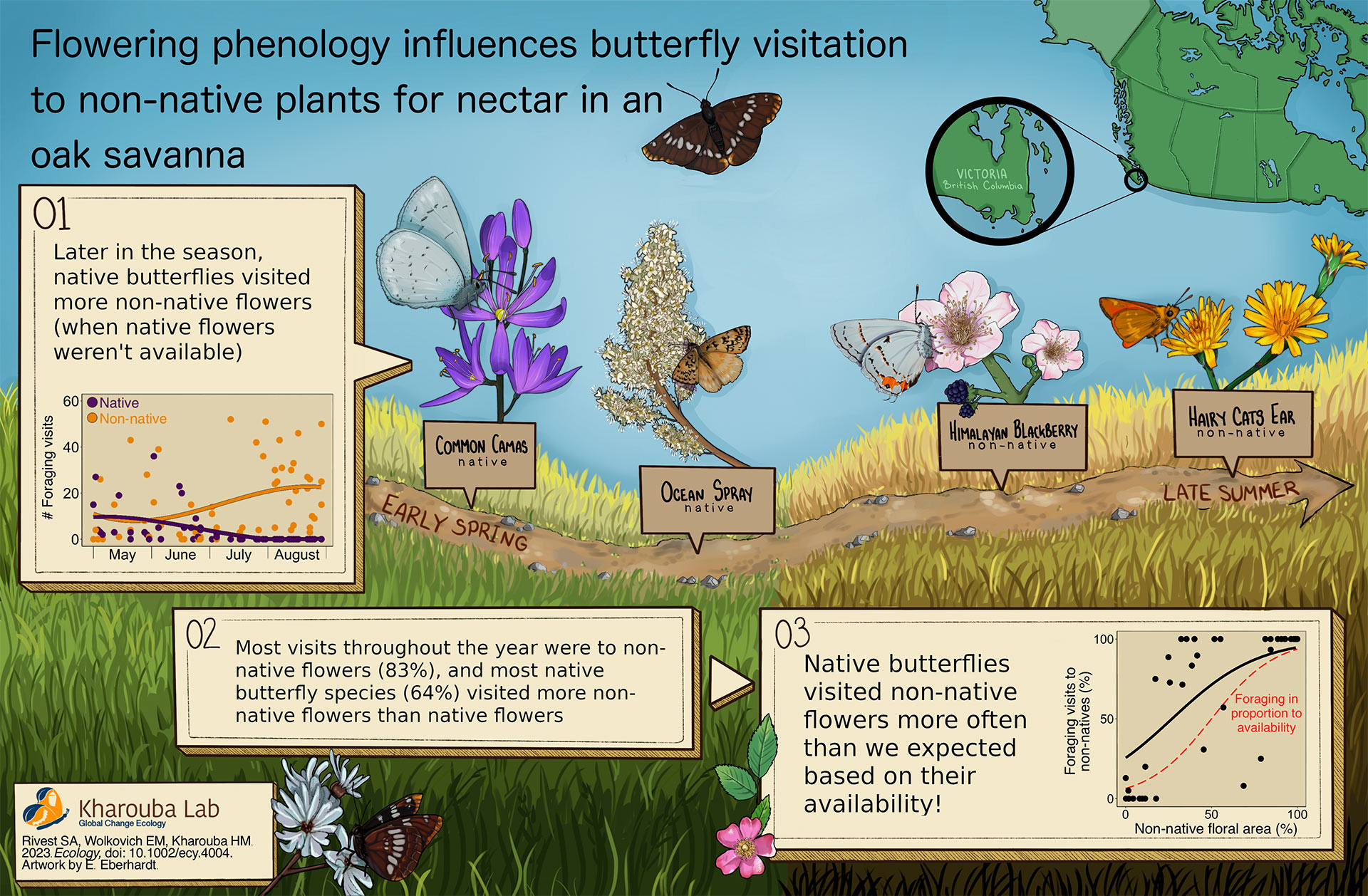
The non-native flowers were available later in the summer than the native ones, so the butterflies survived longer while food was available. It seems their community didn’t necessarily show a preference for native flowers.
The authors note that the presence of non-native plants might be something to take into consideration when planning conservation efforts targeting native butterfly communities since these flowers seem to be a preferred choice by these delicate flyers.


